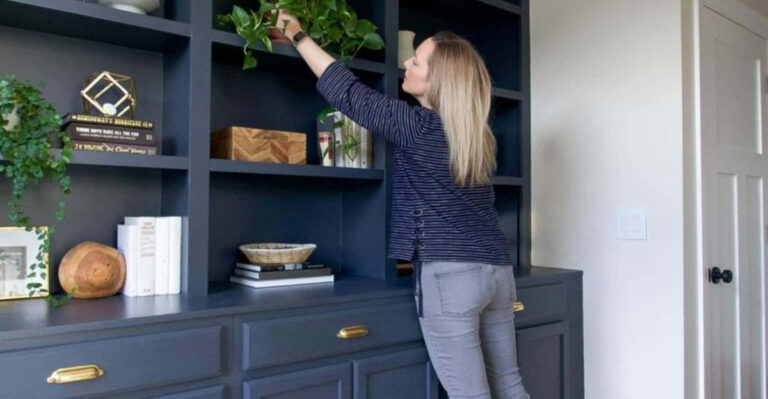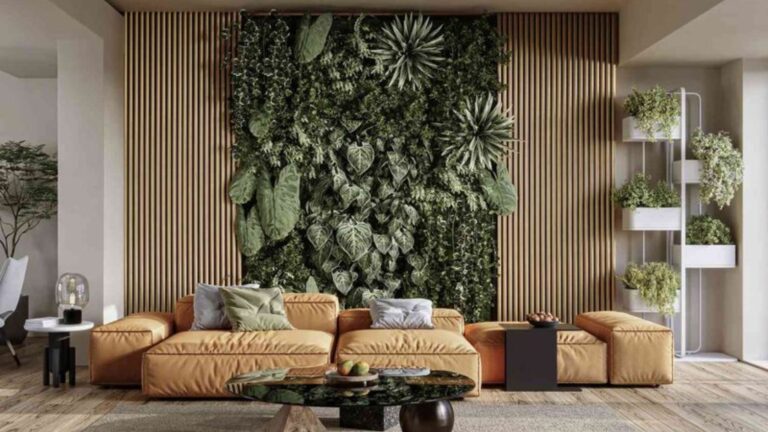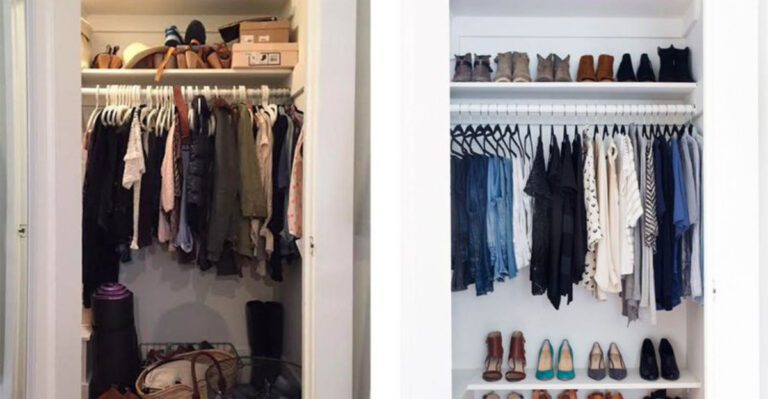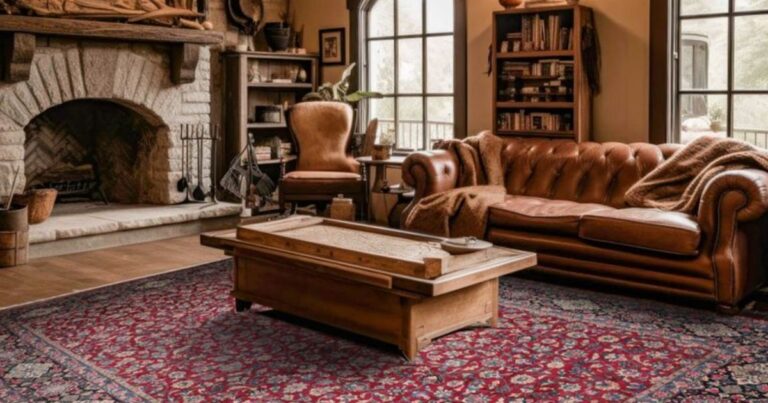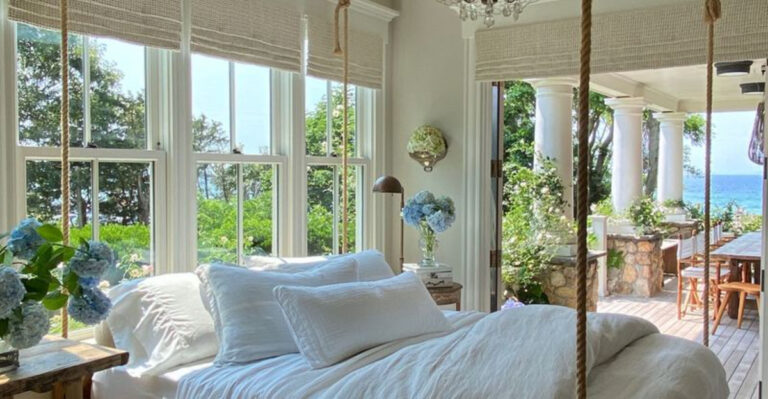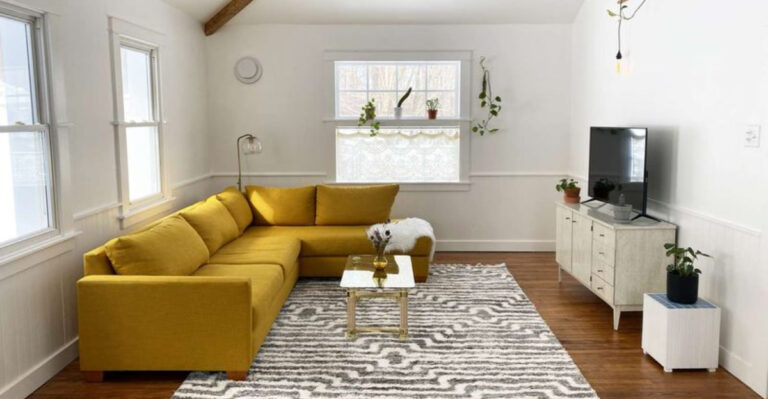Never Break These 16 Interior Design Rules (Experts’ Advice)
Making a house truly feel like home is about so much more than throwing in some furniture and picking a trendy paint color, I’ve learned that the hard way.
Interior design pros swear by a few tried-and-true guidelines that can turn even the most awkward space into something amazing. These rules aren’t about stifling your creativity but giving you a solid starting point so your rooms feel polished and personal.
By following these expert-approved tips, you can sidestep common decorating pitfalls and create spaces that look beautifully pulled together and feel perfectly you.
1. Respect The Rule Of Thirds
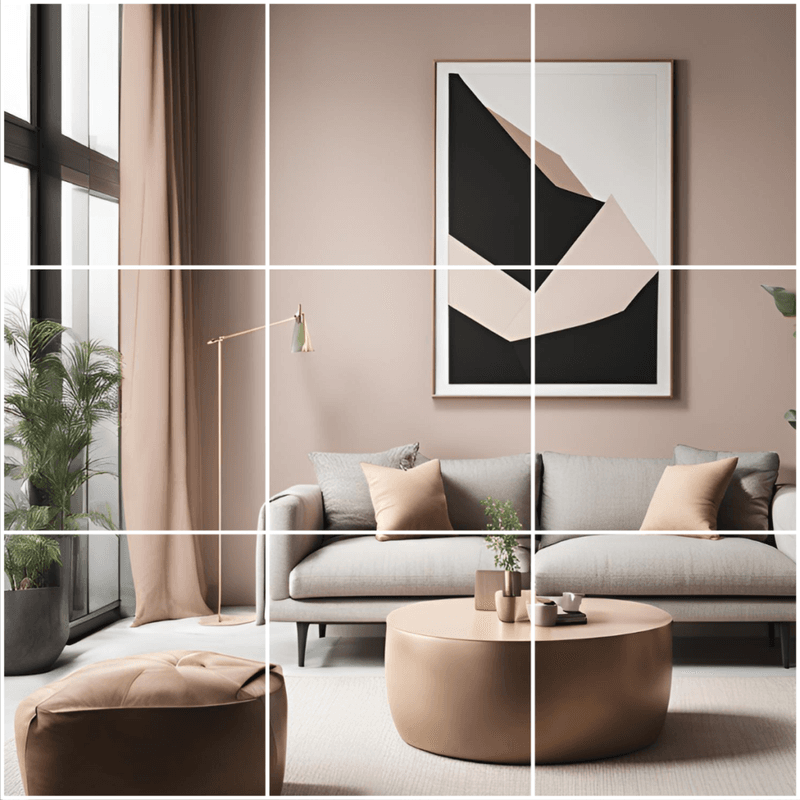
Professional designers swear by this golden ratio for a reason! When arranging furniture or artwork, imagine your space divided into a 3×3 grid. Placing key elements along these grid lines creates balance that naturally pleases the eye.
Your room will instantly look more put-together without anyone knowing exactly why. This principle works everywhere—from gallery walls to furniture arrangements to shelf styling.
2. Measure Before You Purchase
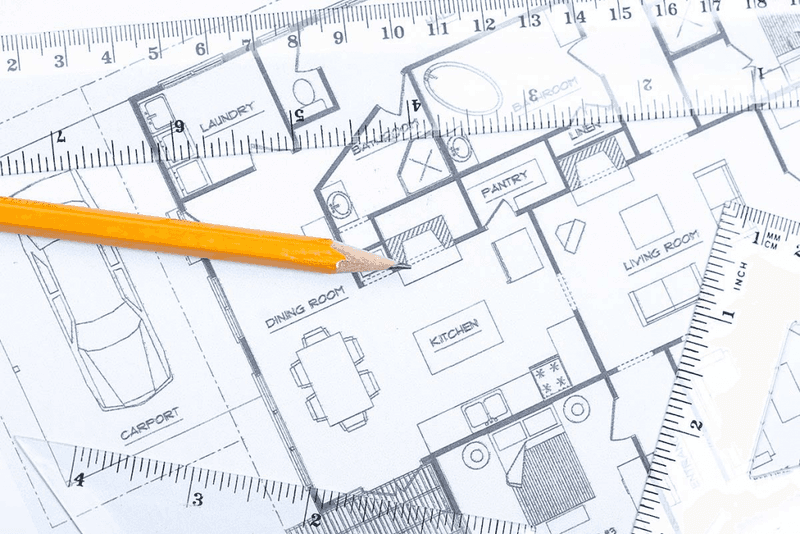
Nothing screams “amateur hour” like a sofa that blocks doorways or artwork hanging at awkward heights! Grab that measuring tape before shopping, and jot down all dimensions including doorway clearances.
Smart designers even create paper templates of large furniture to test placement. Your future self will thank you when that dream sectional actually fits through your apartment door and leaves room to walk around.
3. Light Each Room In Layers
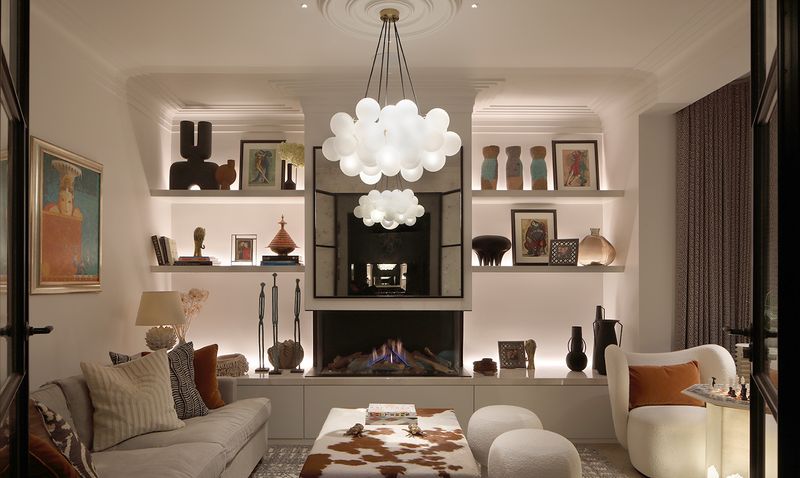
Relying on one ceiling fixture is the fastest way to create a flat, unflattering space. Professional designers use three types of lighting: ambient (overall illumination), task (for specific activities), and accent (highlighting features).
Mix table lamps, floor lamps, sconces, and ceiling fixtures at different heights. Your rooms will suddenly feel cozy and dimensional rather than harsh or shadowy. Plus, you’ll have options for every mood and activity!
4. Choose A Proper Rug Size
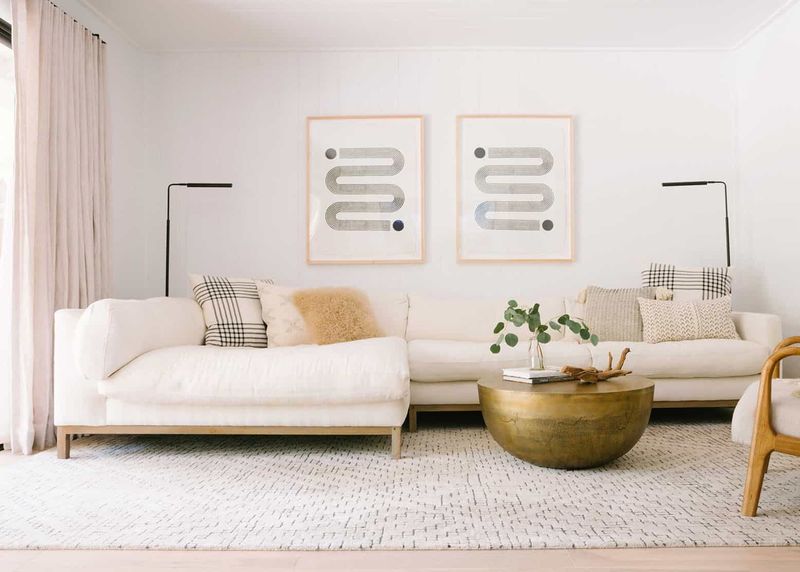
Tiny rugs floating in vast spaces make designers cringe! Your area rug should be large enough for all furniture legs to sit on it—or at minimum, the front legs of sofas and chairs.
In dining areas, ensure the rug extends at least 24 inches beyond the table edge so chairs remain on the rug when pulled out. A properly sized rug anchors your space and makes even modest rooms feel more luxurious.
5. Hang Curtains High And Wide

Mounting curtain rods just above window frames is a common blunder that makes ceilings appear lower. Install rods 4-6 inches above windows (or halfway between window frame and ceiling) and extend them 8-12 inches beyond each side.
This simple trick makes windows seem larger and rooms feel taller. Choose panels that kiss the floor or pool slightly for that magazine-worthy finish. Your windows will suddenly become statement features rather than afterthoughts!
6. Mix Textures For Depth
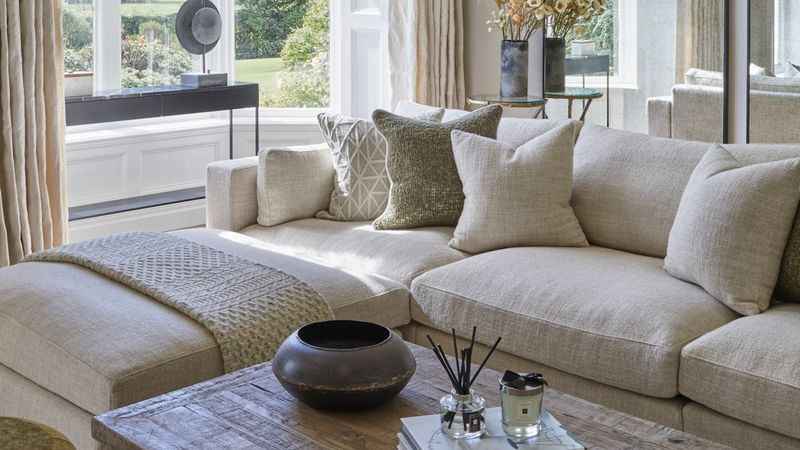
Rooms with uniform textures fall flat, no matter how pretty the color scheme. Combine rough with smooth, matte with glossy, and hard with soft to create visual interest that begs to be touched.
Think velvet pillows against linen sofas, ceramic lamps on wooden tables, or metal accents near plush rugs. Your space will instantly feel more intentional and layered.
This approach works magic even in monochromatic rooms where texture becomes the star!
7. Follow Furniture Spacing Guidelines
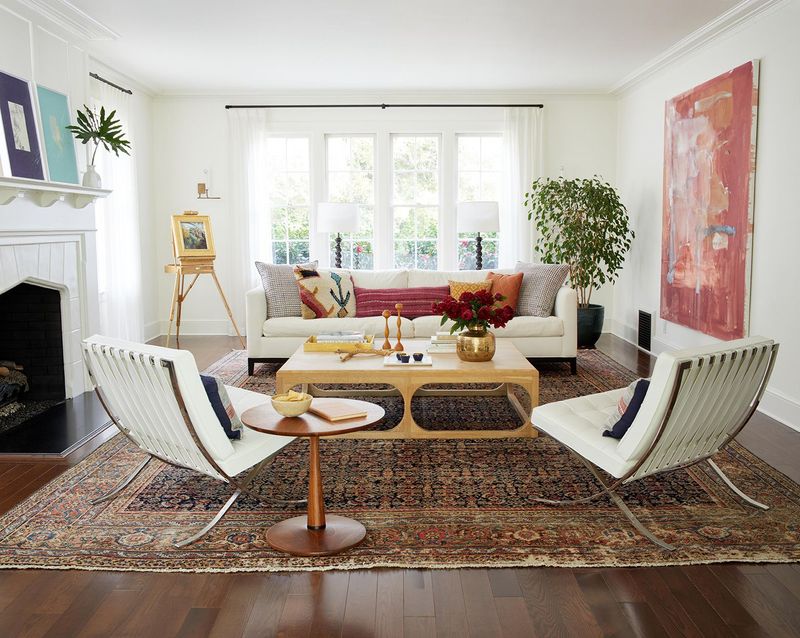
Traffic flow matters more than you think! Leave at least 30-36 inches for walkways and 14-18 inches between the sofa and coffee table. Your knees will appreciate not bumping into things.
Conversation areas work best when seating is no more than 8 feet apart. Nobody enjoys shouting across the room to chat!
These spacing rules create comfortable, functional layouts that feel natural rather than cramped or cavernous.
8. Test Paint Colors In Your Space
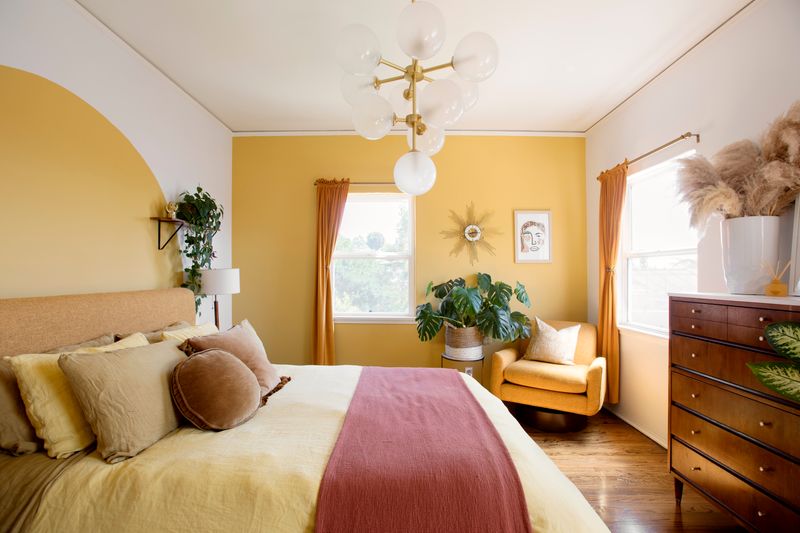
Paint colors are shape-shifters! That perfect gray in the store can look purple, green, or blue once on your walls, depending on your lighting and surrounding colors.
Always test large swatches (at least 2×2 feet) on multiple walls and observe them throughout the day. Colors look dramatically different in morning sun versus evening lamp light.
This extra step prevents expensive mistakes and the dreaded “this isn’t what I expected” moment after painting an entire room.
9. Create A Focal Point
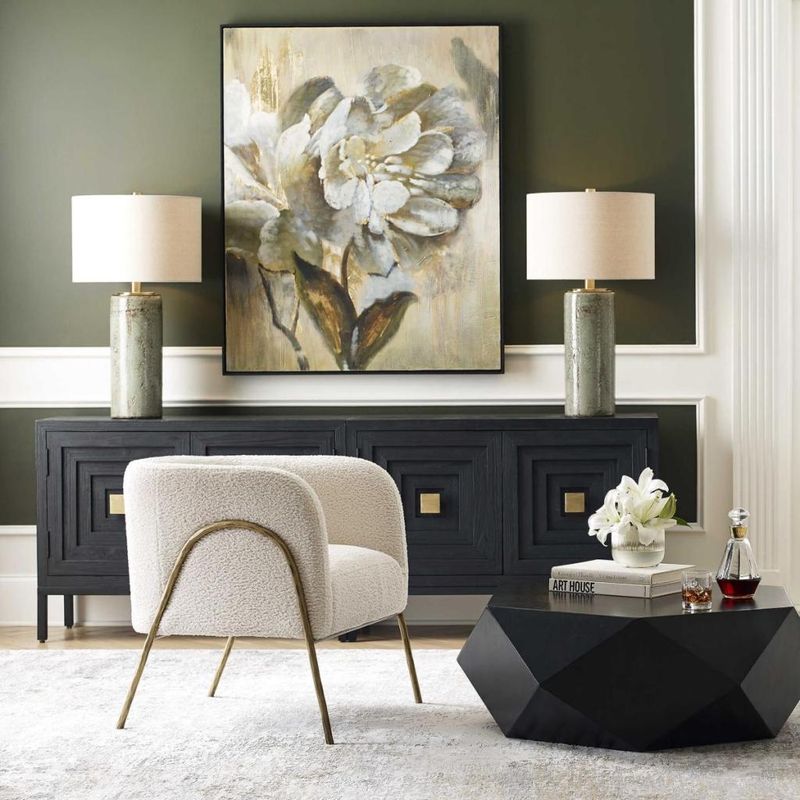
Rooms without a focal point feel disorganized and lack purpose. Every well-designed space needs something that draws the eye—a statement fireplace, bold artwork, dramatic headboard, or stunning view.
Build your layout around this anchor, ensuring furniture arrangements acknowledge its importance. If your room lacks natural focal points, create one with a large mirror, gallery wall, or painted accent wall.
Your space will suddenly have direction and personality!
10. Mind Your Proportions
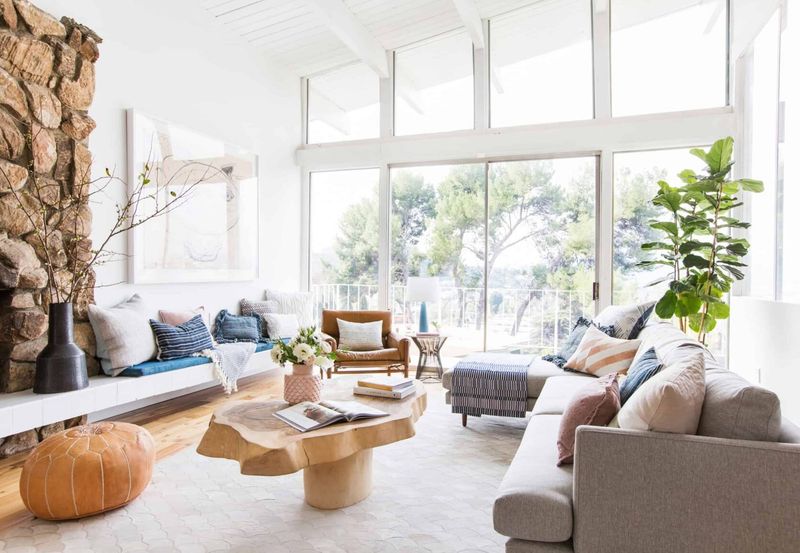
Scale makes or breaks a room! Tiny accessories get lost on massive tables, while oversized lamps overwhelm delicate surfaces. The pros match item sizes to their surroundings.
Coffee tables should be about two-thirds the length of your sofa. Artwork should cover 2/3 to 3/4 of the wall space above furniture.
Chandeliers should measure roughly 1/2 to 2/3 the width of the table below them. These ratios create harmony that simply feels right.
11. Don’t Push Everything Against Walls
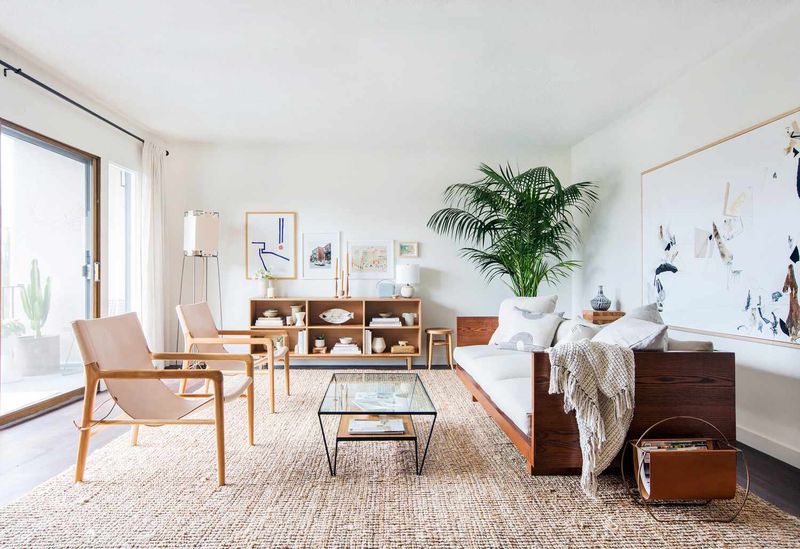
The infamous “furniture against the wall” syndrome makes rooms feel like waiting areas! Pull pieces away from walls to create breathing space and more intimate conversation zones.
Even in small rooms, floating furniture just a few inches from walls creates shadow lines that add depth. Try angling a chair in a corner or floating your sofa with a slim console table behind it.
Your space will instantly feel more sophisticated and purposefully arranged.
12. Incorporate The 60-30-10 Color Rule
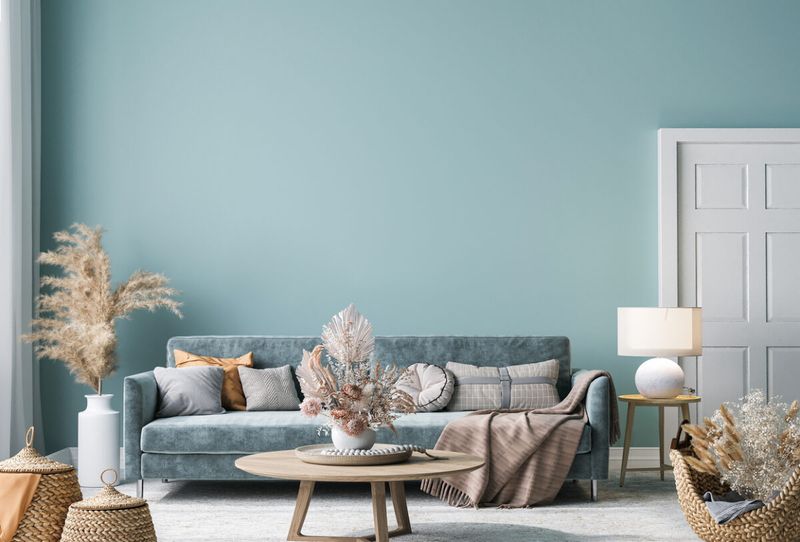
Color chaos can make rooms feel jumbled and jarring. Professional designers often follow the 60-30-10 rule: 60% dominant color (walls, large furniture), 30% secondary color (accent chairs, curtains), and 10% accent color (accessories, artwork).
This formula creates balance while allowing for personality. Your dominant color provides consistency, your secondary color adds interest, and your accent color brings excitement. The result? A cohesive space that still has character!
13. Hang Art At Eye Level
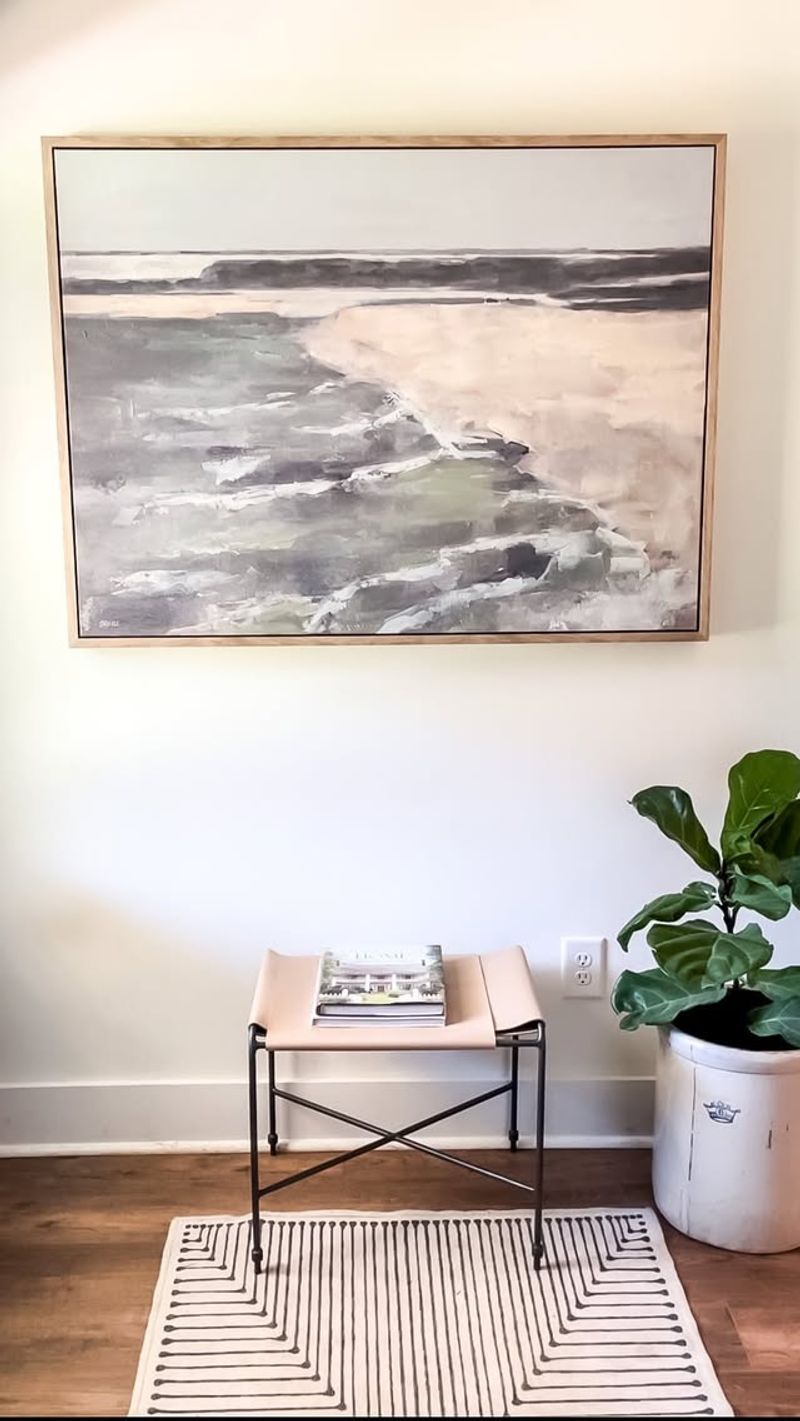
Gallery-worthy homes display art at proper heights—generally with the center point at 57-60 inches from the floor (average eye level). This rule applies whether you’re hanging a single piece or creating a gallery wall.
When hanging art above furniture, position it 4-8 inches above the piece, creating a visual connection between the two.
Art hung too high creates disconnected, uncomfortable spaces. Your walls will instantly look more professional with this simple adjustment!
14. Balance Hard And Soft Elements
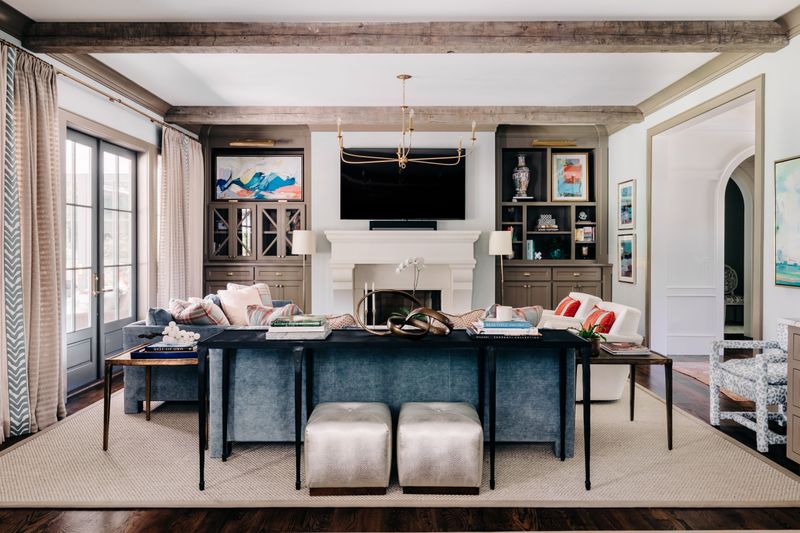
Rooms with only hard surfaces (wood, metal, glass) feel cold and echo-y, while too many soft elements create a mushy, undefined space. The sweet spot? A thoughtful mix of both.
Offset your hardwood floors and sleek furniture with plush rugs, curtains, and upholstery. Add throw pillows to wooden benches or place ceramic lamps on soft tablecloths.
This balance creates spaces that feel both structured and comfortable—perfect for actual living!
15. Include Plants For Life And Dimension
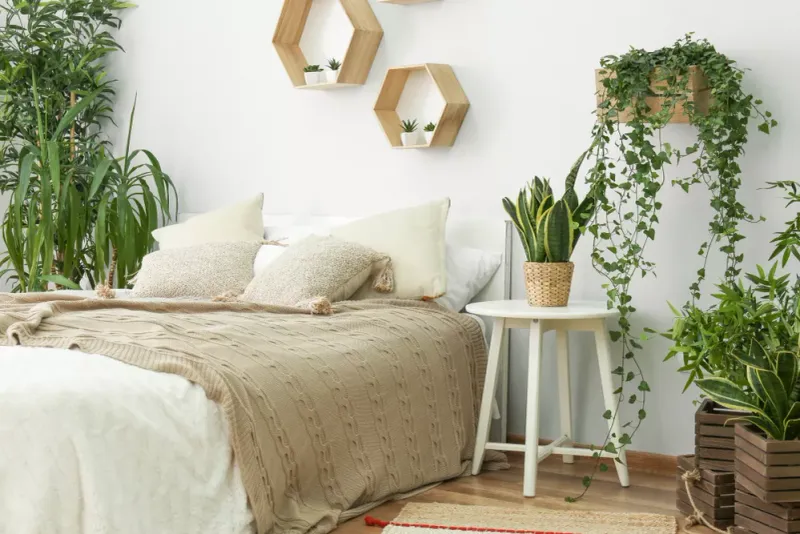
Rooms without greenery often feel sterile and incomplete. Even designers with notorious black thumbs incorporate plants to add organic shapes, improve air quality, and bring spaces to life.
Not confident with real plants? High-quality faux options have come a long way. Place larger plants in empty corners, smaller ones on shelves or tables, and hanging varieties where vertical interest is needed. Your space will instantly feel more vibrant and finished.
16. Honor Function First, Then Form
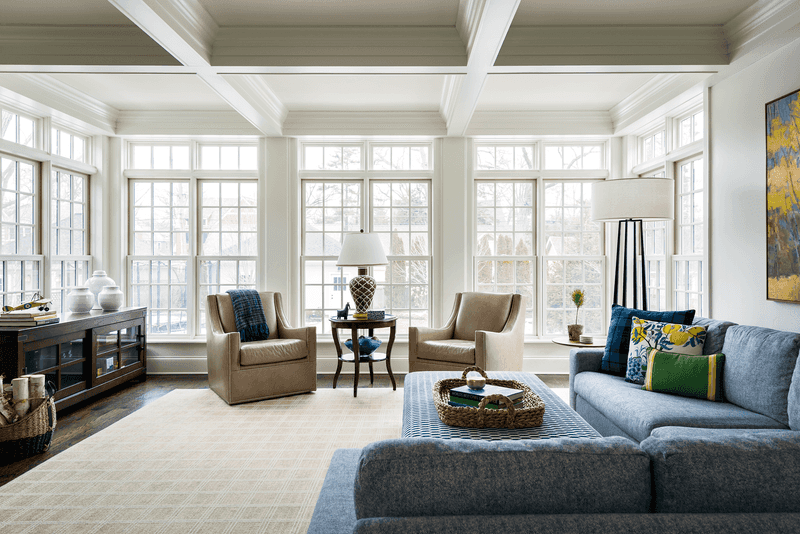
Gorgeous rooms that don’t work for real life quickly become frustrating! Before choosing that stunning white sofa, consider your lifestyle, pets, and how spaces will actually be used.
Create furniture layouts that support conversation and daily activities. Position side tables within easy reach of seating. Ensure dining chairs are comfortable enough for lingering meals.
When function and beauty align, you’ll enjoy both looking at and living in your space.


